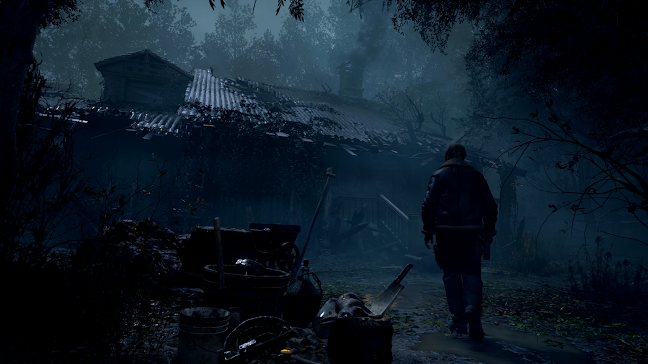Book Report - Lynsey Addario's It's What I Do
The book It’s What I Do is an autobiography from photojournalist Lynsey Addario. The book chronicles her life and career. She traveled the world, taking pictures of many different people and their culture. Something about her career that resonated with me is her work after her war correspondence in Iraq. Addario felt that she needed to break away from the “daily demands of breaking-news photography” (Ch. 7, Pg. 175). She transitioned to doing a humanist piece in Sudan about the lives of women who were living in atrocious conditions. Something that stuck with me was her self awareness as she documented the lives of these people. “I moved around the desert camp self-consciously, a white, well-fed woman trudging through their misery” (Ch. 7, Pg. 179). To me humility is a virtue I hold in high regard, so to see a successful professional express that made me respect Addario and her work.
Addiro’s photography is all human oriented. Nearly all of her photos feature human subjects, candid and posed. She shows great photography skills in framing, lighting and color. Her work often has a focus on human issues. She covers conflict zones and human rights issues, like in the Middle East and Africa respectively. Addario has done some excellent pieces on the issues that women experience in more conservative societies.
I deeply respect Addario’s war correspondence. She put herself in harm's way to tell important stories to people who would not do the same. I find her sense of duty to be very admirable. Part of her transition into war correspondence was being in the right place at the right time, landing a freelance gig with The New York Times. She had prior experience of being in Afghanistan and Pakistan, so when 9/11 happened she had a calling to go back. She was worried about people that she had previously interacted with when war broke out. Showing that Addario had a commitment to the people and their struggle. And her commitment was tested time and time again through difficult and dangerous situations.
The biggest lessons I have taken away from Addario is how to acclimate subjects to the camera. I find photography to be a bit awkward with human subjects. Addario expresses similar feelings, but through experience she has discovered strategies on how to open people up to the camera. My favorite is having the camera out and visible but not taking pictures for a while as a way to warm people up to the camera. One quote that resonated with me was also found when she was embarking on her project in Sudan: “Iraq and Darfur were two different worlds, yet my role was the same: Tread lightly, be respectful, get into the story as deeply as I could without making the subject feel uncomfortable or objectified” (Ch. 7, Pg. 179). I really strive to not make any subject I work with feel uncomfortable or objectified.
Some of my favorite photos from Addarios often involve her use of color. The photo of Kahindo and her children (Pg. 189) stands out to me because of its ethereal look caused by insect netting in a dark room. My favorite of Addario’s photos is of Noor Nisa in the Afghan desert (Pg. 274, Top). It stands out to me because of the shocking use of color. The two women are in blue garb that almost matches the same hue as the sky. The photo consists of practically two colors only, which leads to a pleasant simplicity to the image. I also really like the photo of American soldiers being transported on a plane (Pg. 168 & 169). There are a lot of great human moments of people interacting with each other, but everything is draped in a red ready light. It gives a sinister tone to what would normally be a patriotic photo.
The quote that stuck out to me the most was when Addario was talking about getting clearance to photograph wounded American soldiers. “I was finally photographing the wounded Americans I’d be prevented from photographing. I was sure that the series of images would enlighten Americans to the reality of the war in Iraq.They would see images and protest our presence there. These were things they hadn’t seen before” (Pg. 167). Something about this quote resonated with my feelings about the Iraq war. I grew up with 20 years of conflict in the Middle East, so I have a negative opinion of the US’s actions there. Addario’s desire to spread the truth of what she saw and have an impact on the opinions of regular people exemplifies what I think being a photojournalist means.
All in all, I would highly recommend Lynsey Addario’s It’s What I Do. I think the book tells a compelling narrative, exploring the life of someone doing a job that many people don’t regularly think about. It’s well produced, with high quality images of her work. I think the perspective that she is able to speak about different cultures and situations she’s been in are enlightening.
Photo Source: Addario, L. (n.d.). Afghanistan. Lynsey Addario. Retrieved December 7, 2022, from https://www.lynseyaddario.com/afghanistan


Comments
Post a Comment